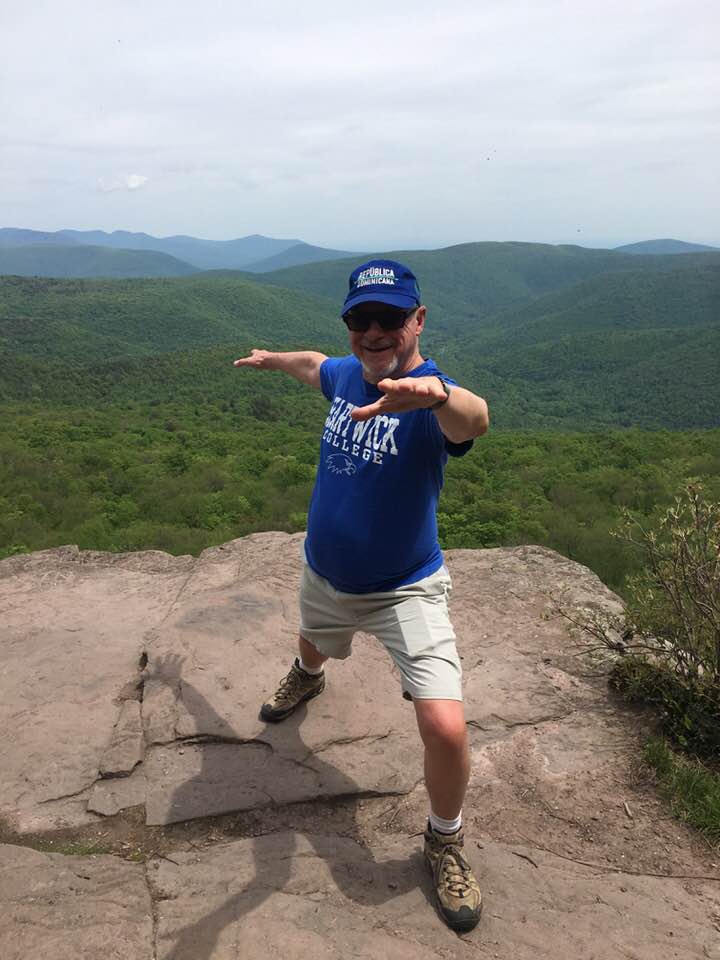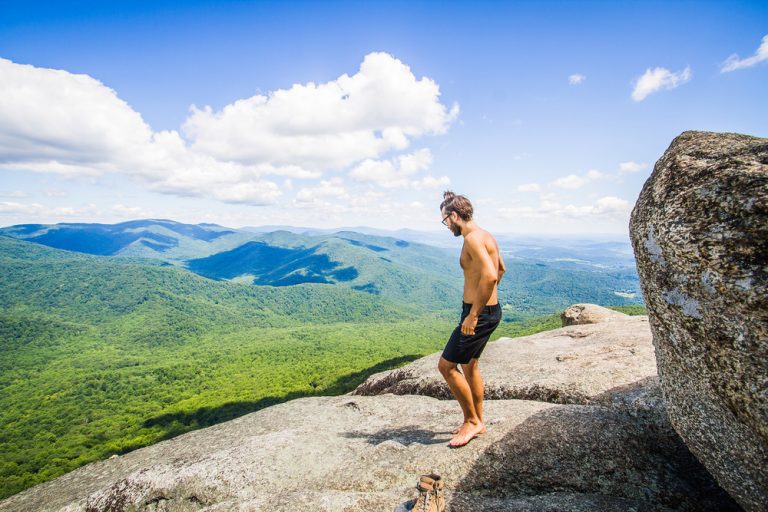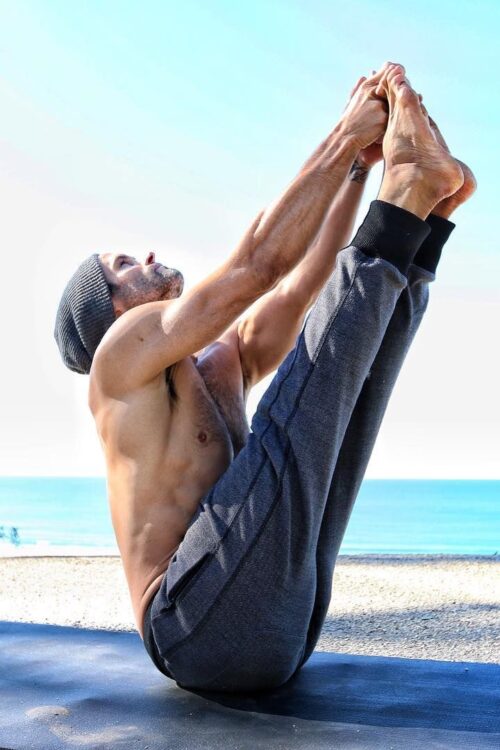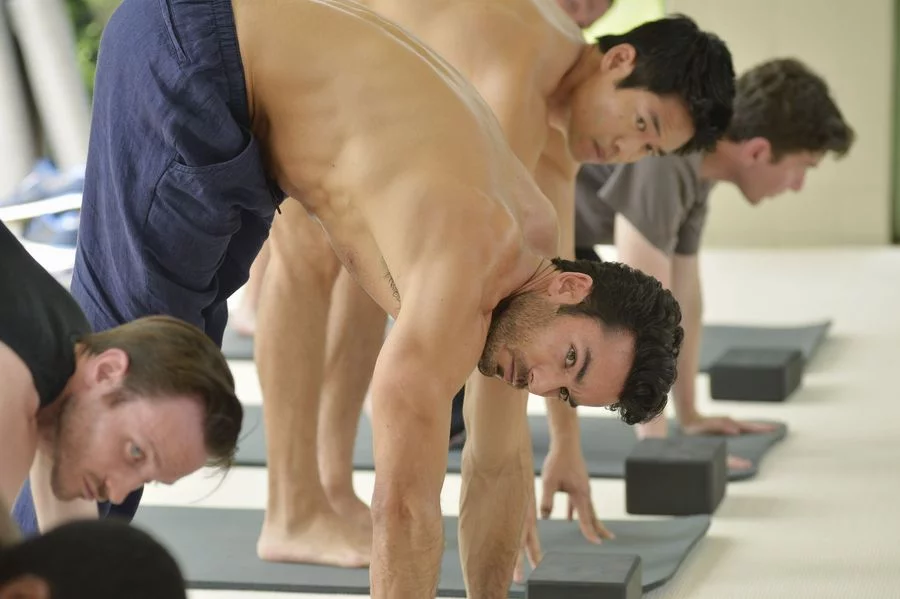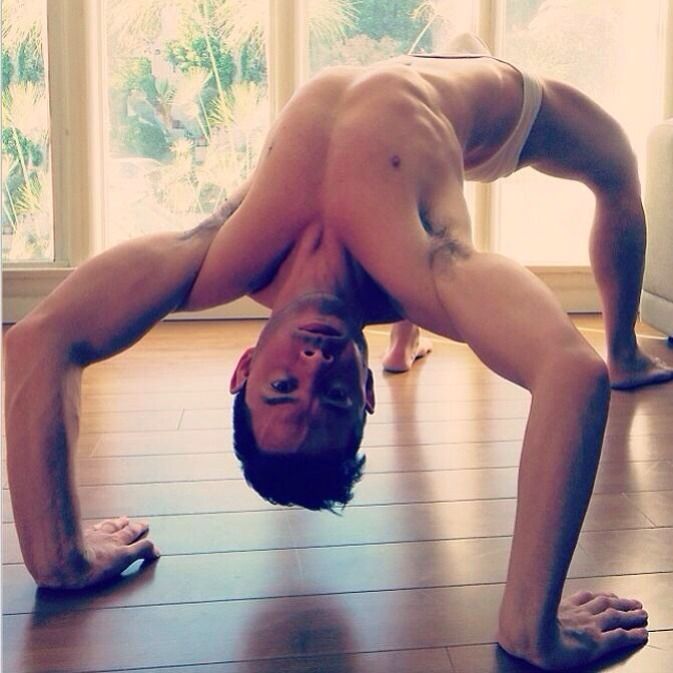It’s that time of the year when we yearn to be outdoors. Those of us who live in cities seek parks and other natural urban spaces. But we’re a long way removed from our hunter-gatherer ancestors who spent their days and nights in the natural world. We’re only slightly removed from our agricultural ancestors who moved into houses and built villages and developed an organized society. But with the move from farms into towns and then into cities, most modern Western people have suffered from “Nature-Deficit Disorder.”

The term was coined by Richard Louv in his best-selling book, Last Child in the Woods: Saving Our Children from Nature-Deficit Disorder (Chapel Hill, NC: Algonquin Books of Chapel Hill, 2005, 2008). Louv directly links the lack of exposure to nature in the lives of today’s wired generation to some of the most disturbing childhood trends, such as the rise in obesity, attention disorders, and depression. These problems are linked more broadly to what health experts call the ”epidemic of inactivity,” and to the devaluing of independent free play in favor of organized games (usually under adult supervision). But it’s a disorder that can be easily cured by getting our children (and ourselves!) out into the natural world and just letting them explore on their own. (No lists of natural objects to check off, please!)
I grew up as an urban boy in Buffalo, NY. Scouting provided me with an opportunity to get out in natural settings. Our troop had permission to camp in a wilderness area along the South Branch Cataraugus Creek south of Buffalo known as Zoar Valley. We were even given permission to build a cabin in the area, and we spent many weekends there. We did not have an abundance of organized activities other than what was necessary for camping. We had plenty of time to explore the woods and the gorge formed by the fast flowing creek. The best adventure of my youth was spending a week in the valley when I was 15 in 1958 with three other teenage Scouts, including my best friend Gary. We explored up the gorge farther than we had ever gone before and came upon a natural swimming pool where the creek tumbled through a narrow chasm and gouged out a hole.
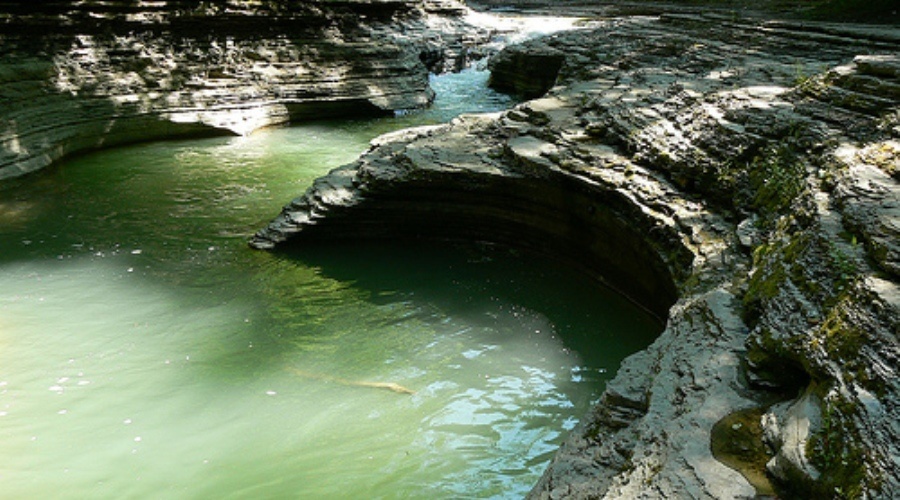
We didn’t think twice about taking off our clothes and jumping into the swimming pool. There was no one else in the gorge and we were used to swimming nude in the high school swimming class. We went there every day for the rest of the week and spent more time just being naked in nature and learning more about our creek.

Our family vacationed in the Adirondacks on land owned by a Scouting family. A Scout friend named Tom, whose family we rented from, was a companion for boating and hiking up mountains.
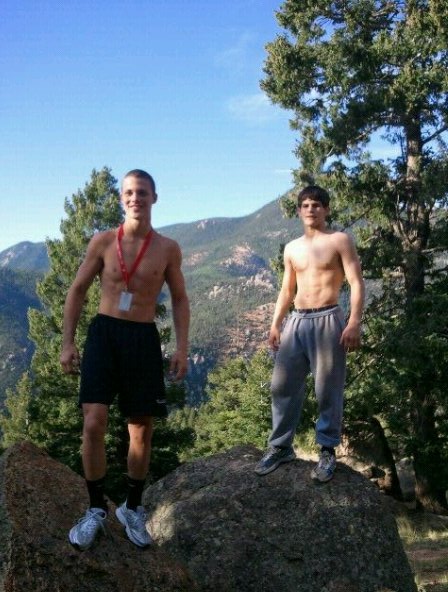
I enjoyed canoeing alone on Seventh Lake and going into the shallow far end where I banked the canoe and waded naked with my feet touching the soft, sandy bottom and moving among the lily pads.
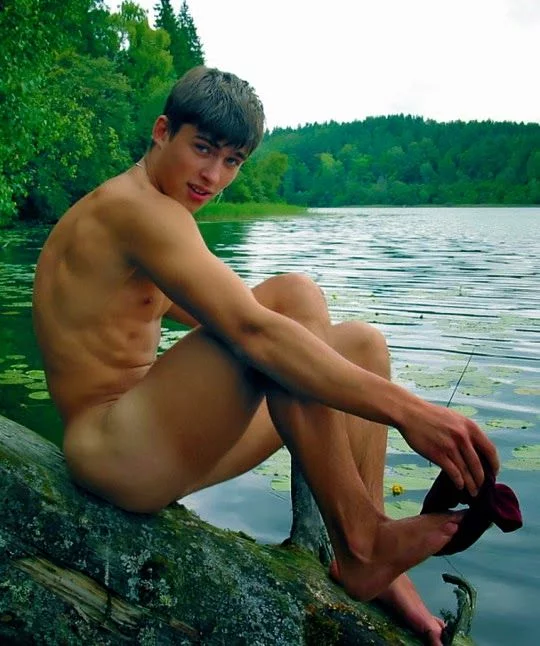
I also enjoyed just being alone in the woods, and—a confession—undressing to be naked in nature. I enjoyed the sensations of feeling one with my natural surroundings and focusing on the sensations that arose of the warmth of the sun, the coolness of a breeze, and the stability of the earth under my bare feet.

During my college years I went up to that wilderness area with college friends at the end of the spring term for canoeing and camping for a few days before going on to our summer jobs.

Is it possible for adults to return to this youthful identification with nature?
Louv’s second book, The Nature Principle: Reconnecting with Life in a Virtual Age (Chapel Hill, NC: Algonquin Books of Chapel Hill, 2011, 2012), extended the conversation about getting back into nature to include adults. It explored this key question: “What could our lives and our children’s lives be like if our days and nights were as immersed in nature as they are in technology?” Of course, it’s unlikely that this will happen for most of us. We have not yet digested the consequences on our lives of the past three or four decades of rapid social and technological changes. The antidote is to find ways to immerse ourselves in the natural world and sense it all around us.
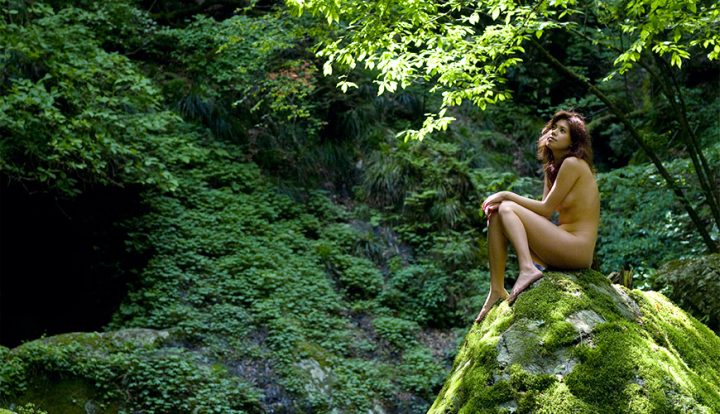
When summer comes, I like to get outside to walk in the parks and ride my bike along bike paths. But there are other things we could do to put ourselves in touch with the natural world.
Forest Bathing
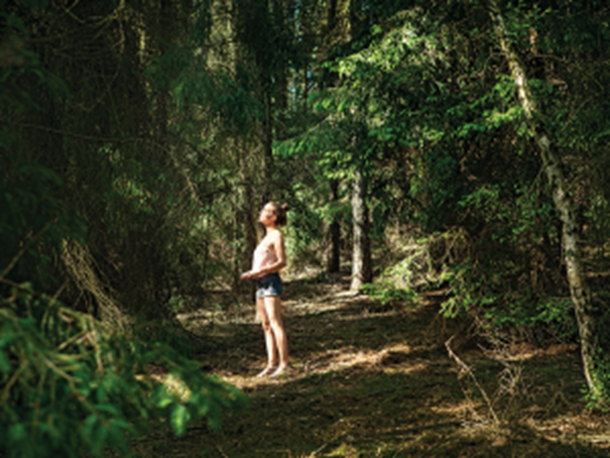
Walk in the woods. It’s a simple way of reconnecting with the natural world. It has also been shown to have health benefits. A concept developed in Japan in the 1980s, Shinrin-yoku Forest Therapy, is the healing of simply being in the forest. Shinrin-yoku is a term that means “taking in the forest atmosphere” or “forest bathing.” Studies have shown that going for a walk into the forest can increase brain cognition, boost our mood, engender empathy (for our fellow creatures), and promote creativity. (I often get good ideas while walking.)
Practice Yoga Outdoors
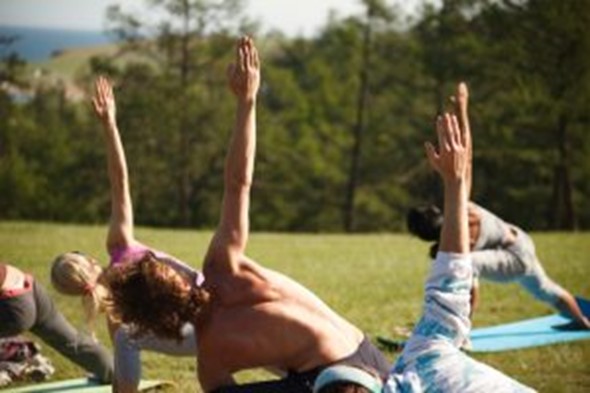
Yoga classes can move outdoors, which is where yoga originated in India. The old gurus didn’t have studios until they took yoga to colder climes and became more Westernized. But modern Western yoga students may find moving from plank wooden floors to actual ground a bit disconcerting since the ground (even in a park) is likely to be uneven.
Yoga can be taken with you on vacation. I practiced yoga on the porch of our cabin early in the morning in Arizona several years ago. In the following photo the woman is a partner to the lone tree on the lake shore. Yoga outdoors could be fun by doing poses that copy natural phenomena. Many poses are named after plants and animals or natural terrain (e.g., lotus, cobra, mountain).
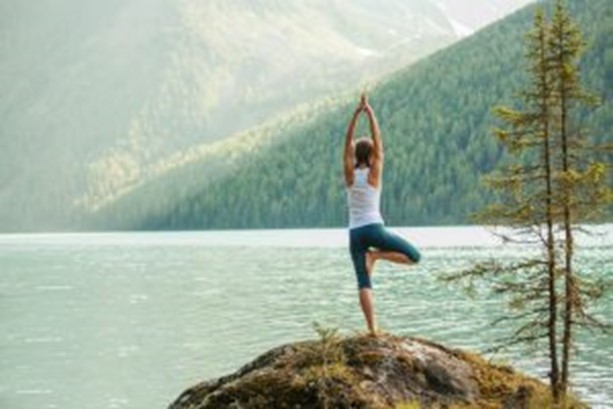
Outdoor Meditation
The natural world provides many good sites for meditation. A site like this one could prompt meditating on the five elements in yoga cosmology: earth, water, air (the wind), fire (the warmth of the sun), and ether (space). How do we experience these elements in the world around us and within our own bodies?
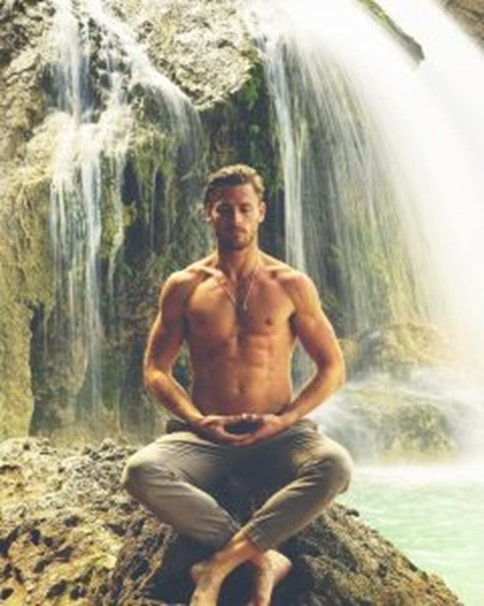
Earth Meditation
The Buddhist meditation teacher Reginald Ray, in Touching Enlightenment: Finding Realization in the Body (Boulder, CO: SoundsTrue, 2008, 2014), has developed an “earth meditation” in which we experience the solidity of the earth in our own bodies. This meditation consists of visualizing ourselves dissolving into the earth beneath us, going down, down, down — five feet, ten feet, 20 feet, 50 feet, 100 feet, 1,000 feet, 5,000 feet, etc. In the sitting posture (padmasana), note that it is our perineum that is connecting with the earth. This is the most earthy part of the human anatomy—dealing with procreation, child birth, and elimination. Ray alerts us that there’s often a lot of tension in this part of the body since it includes the anus and sexual organs. So we also have to employ the breath to assist us in relaxing and letting go.
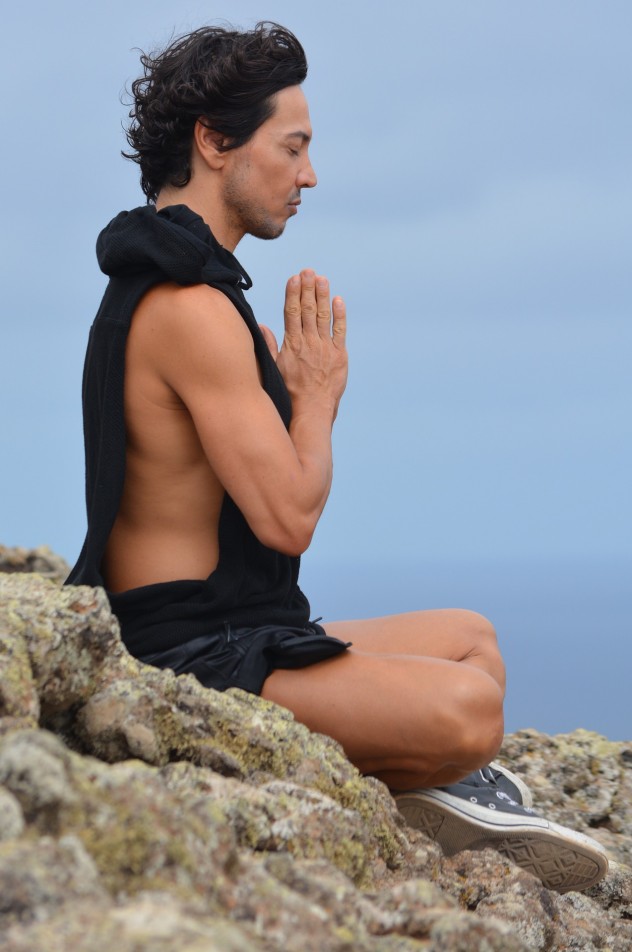
Climbing
Of course, if you have the energy and stamina for it, mountain climbing is another way to connect with the Earth, and be rewarded with a panoramic view of the surrounding natural world. The Image above this post is of a hiker on the Giant Ledge in the Catskills. I also made it up to the ledge when I was 75, with the help of my adult children and their spouses. I assumed the yoga warrior II victory pose to celebrate my accomplishment.
Of course, sixty years ago it would have been nothing to climb up to the Giant Ledge or a peak in the Adirondacks. Getting out into the natural world is, in fact, a way of bringing back my youth and experiencing anew the renewing forces of the natural elements.
Pastor Frank
